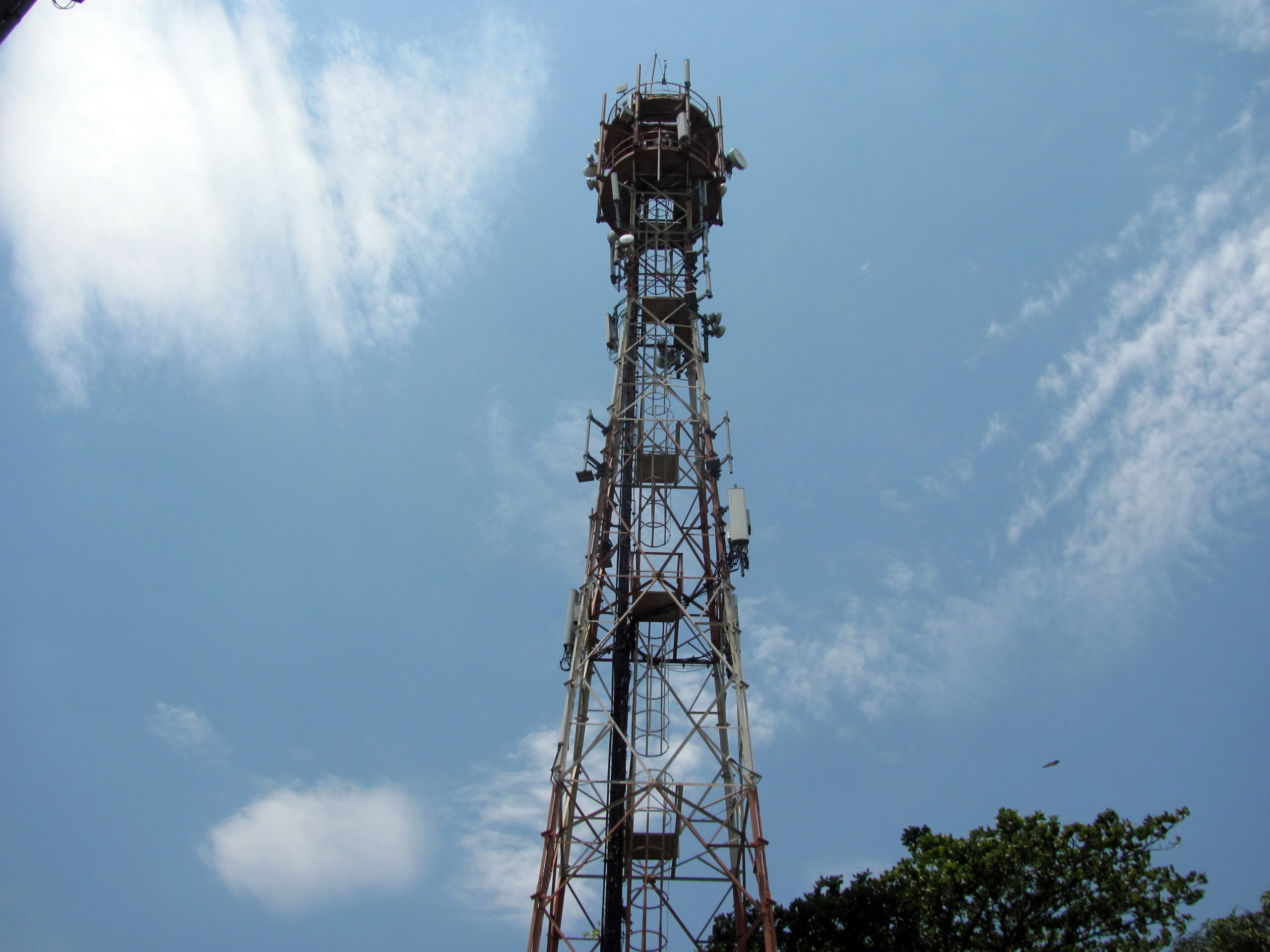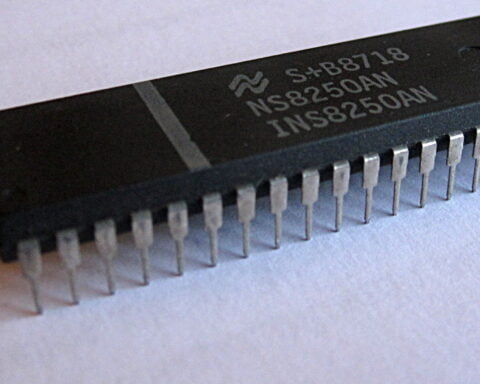The Telecom Regulatory Authority of India (TRAI) released its recommendations on “Rating of Buildings or Areas for Digital Connectivity”.
The exponential growth in digitalisation during last decade has revolutionised the world impacting everything, from economy, innovation, science and education, to health, sustainability, governance, and lifestyles. Digital technologies are fundamentally changing business models, institutions and society. The demand for digital connectivity has increased many folds in recent years and COVID-19 has further given impetus to surge in the demand across all segments of users, irrespective of their locations.
In the past, Telecom Regulatory Authority of India (TRAI) and the Government have taken various policy initiatives to fulfil the demands of telecom connectivity. These policy interventions have helped in improving connectivity, resulting in wider coverage and higher data throughput. However, all these efforts have fallen short in achieving the desired level of digital connectivity experience of the users, who now prefer to work from anywhere, at any time. The rollout of 5G network has further stimulated the need of seamless experience of the 5G services, specifically inside the buildings.
TRAI has conducted many studies to assess the quality of connectivity, identify challenges in providing connectivity and to suggest the way forward. Based on these studies TRAI published a monograph on “Quest for a Good Quality Network inside Multi-Storey Residential Apartments: Reimagining ways to improve quality”.
Based on the above, TRAI undertook the process of consultation on suo-moto basis to provide a framework for establishment of an eco-system wherein Digital Connectivity Infrastructure becomes part of all development activities. TRAI issued Consultation Paper (CP) on Rating of Buildings or Areas for Digital Connectivity on March 25, 2022, to seek inputs from stakeholders on issues raised, by July 7, 2022.
Based on the comments received, discussions held with stakeholders during the open house discussion and analysis thereof, the recommendations of the TRAI on “Rating of Buildings or Areas for Digital Connectivity” have been finalised. The emphasis of these recommendations is on providing a framework for creation of an ecosystem for Digital Connectivity Infrastructure (DCI) to be an intrinsic part of building development plan similar to other building services such as water, electricity or fire safety system. DCI is to be co-designed and co-created along with building development through collaborations among various stakeholders including property managers (owner or developer or builder etc.), service providers, infrastructure providers, DCI Professionals and authorities at various urban and local bodies. This framework shall also open job opportunities for the young professionals to become DCI Professionals and be part of Design, Deployment and Evaluation of Digital Connectivity Infrastructure.
TRAI has also proposed a new chapter on “Digital Connectivity Infrastructures in Buildings” to be included in Model Building Bye Laws 2016 by modifying and updating existing provisions added in MBBL as annexure to Model Building Bye Laws 2016 titled “Provisions for In- Building Solutions Digital Communication Infrastructure” issued by Town and Country Planning Organization (TCPO) of Ministry of Housing and Urban Affairs (MoHUA), in March 2022.
TRAI further emphasised that Digital Connectivity Infrastructure (DCI) developed in the buildings by the property managers (developers, builders etc) should be accessible to all service providers in a fair, transparent, non-discriminatory and non-chargeable basis.
The recommendations also include development of framework for Rating of the buildings for digital connectivity, which will add value to the property. TRAI will come up, separately, with appropriate regulatory framework for Rating of Buildings, which will also include the issue of Rating certification.


























